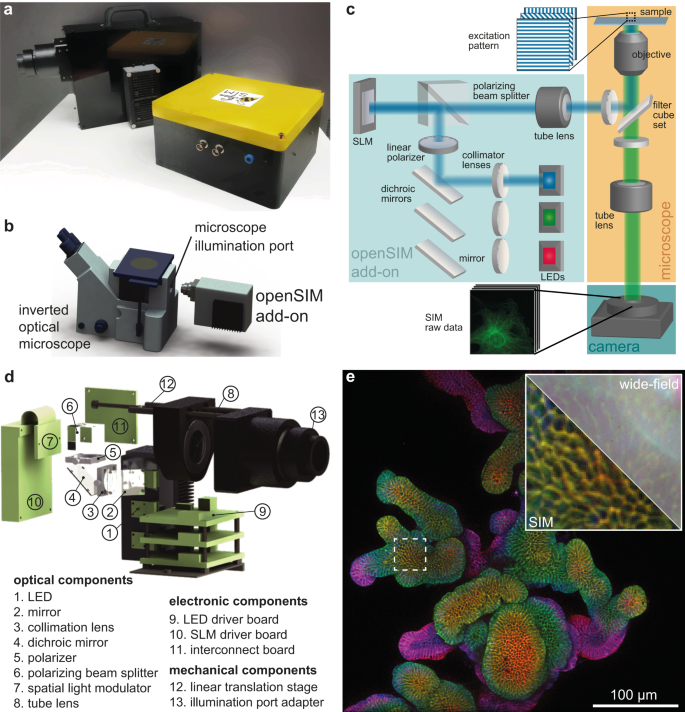2024-03-04 NASA
<関連情報>
- https://science.nasa.gov/science-research/heliophysics/multiple-spacecraft-tell-the-story-of-one-giant-solar-storm/
- https://www.aanda.org/component/article?access=doi&doi=10.1051/0004-6361/202345938
2021年4月17日の広範な太陽エネルギー粒子イベント The 17 April 2021 widespread solar energetic particle event
N. Dresing, L. Rodríguez-García, I. C. Jebaraj,, A. Warmuth, S. Wallace, L. Balmaceda, T. Podladchikova,, R. D. Strauss, A. Kouloumvakos, C. Palmroos, V. Krupar,, J. Gieseler, Z. Xu, J. G. Mitchell,, C. M. S. Cohen, G. A. de Nolfo, E. Palmerio, F. Carcaboso,, E. K. J. Kilpua, D. Trotta, U. Auster, E. Asvestari, D. da Silva,,, W. Dröge, T. Getachew,, R. Gómez-Herrero, M. Grande, D. Heyner, M. Holmström, J. Huovelin, Y. Kartavykh, M. Laurenza, C. O. Lee, G. Mason, M. Maksimovic, J. Mieth, G. Murakami, P. Oleynik, M. Pinto,, M. Pulupa, I. Richter, J. Rodríguez-Pacheco, B. Sánchez-Cano, F. Schuller, H. Ueno, R. Vainio, A. Vecchio,, A. M. Veronig, and N. Wijsen
Astronomy & Astrophysics Published:09 June 2023
DOI:https://doi.org/10.1051/0004-6361/202345938

Abstract
Context. A complex and long-lasting solar eruption on 17 April 2021 produced a widespread solar energetic particle (SEP) event that was observed by five longitudinally well-separated observers in the inner heliosphere that covered distances to the Sun from 0.42 to 1 au: BepiColombo, Parker Solar Probe, Solar Orbiter, STEREO A, and near-Earth spacecraft. The event was the second widespread SEP event detected in solar cycle 25, and it produced relativistic electrons and protons. It was associated with a long-lasting solar hard X-ray flare that showed multiple hard X-ray peaks over a duration of one hour. The event was further accompanied by a medium-fast coronal mass ejection (CME) with a speed of 880 km s−1 that drove a shock, an extreme ultraviolet wave, and long-lasting and complex radio burst activity that showed four distinct type III burst groups over a period of 40 min.
Aims. We aim to understand the reason for the wide spread of elevated SEP intensities in the inner heliosphere as well as identify the underlying source regions of the observed energetic electrons and protons.
Methods. We applied a comprehensive multi-spacecraft analysis of remote-sensing observations and in situ measurements of the energetic particles and interplanetary context to attribute the SEP observations at the different locations to the various potential source regions at the Sun. We used an ENLIL simulation to characterize the complex interplanetary state and its role in the energetic particle transport. The magnetic connection between each spacecraft and the Sun was determined using ballistic backmapping in combination with potential field source surface extrapolations in the lower corona. Using also a reconstruction of the coronal shock front, we then determined the times when the shock establishes magnetic connections with the different observers. Radio observations were used to characterize the directivity of the four main injection episodes, which were then employed in a 2D SEP transport simulation to test the importance of these different injection episodes.
Results. A comprehensive timing analysis of the inferred solar injection times of the SEPs observed at each spacecraft suggests different source processes being important for the electron and proton events. Comparison among the characteristics and timing of the potential particle sources, such as the CME-driven shock or the flare, suggests a stronger shock contribution for the proton event and a more likely flare-related source for the electron event.
Conclusions. In contrast to earlier studies on widespread SEP events, we find that in this event an important ingredient for the wide SEP spread was the wide longitudinal range of about 110° covered by distinct SEP injections, which is also supported by our SEP transport modeling.



